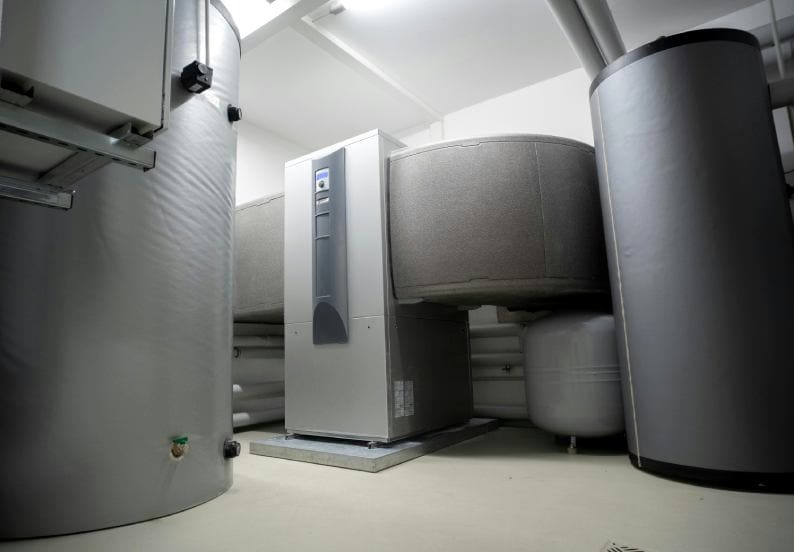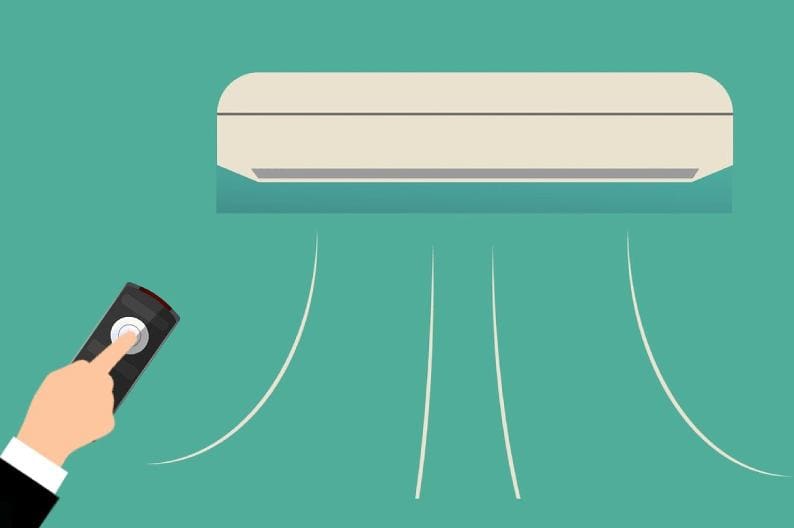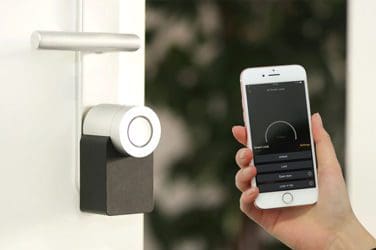words Al Woods
Climate control is a crucial aspect of any living or working space. With the changing weather patterns and extreme temperatures, it’s important to have reliable heating and cooling systems in place to keep us comfortable. However, with so many options available on the market, choosing the right system for your needs can be overwhelming.
In this blog post, we will break down the factors you need to consider when choosing heating and cooling systems for your home or office. From understanding the different types of systems available to finding the right size and efficiency, we’ve got you covered. Without further ado, let’s dive in.
Type of System
There are several types of heating and cooling systems available in the market, each with its own set of pros and cons. The most common ones include central air conditioning, ductless mini-split systems, heat pumps, and furnaces. Central air conditioning is a popular choice for larger spaces and provides consistent temperature control throughout the entire building.
Ductless mini-split systems are ideal for smaller spaces and offer zoned heating and cooling, allowing you to control different areas separately. Heat pumps are efficient and eco-friendly options that both heat and cool a space. Furnaces use gas, electricity, or oil to generate heat and are often used in colder climates.
Size and Capacity
The size of your heating and cooling system should be chosen based on the square footage of your space. A system that is too small will struggle to maintain a comfortable temperature, while one that is too big will consume excess energy and increase your utility bills.
It’s important to consult with an HVAC professional to determine the appropriate size and capacity for your specific needs. For instance, as highlighted by the team behind Construction Heaters Inc., you can find industrial heaters for sale in various sizes and capacities to fit different spaces and heating requirements. Consider the size and layout of your space before making a decision.
Energy Efficiency
Energy efficiency is an important factor to consider when choosing heating and cooling systems. Look for systems with high energy efficiency ratings, such as Energy Star-certified products, which can save you money on utility bills in the long run. Additionally, consider investing in smart thermostats that can automatically adjust the temperature based on your preferences and schedule, leading to even more energy savings.
Regular maintenance of your system also plays a role in its energy efficiency. Make sure to clean or replace air filters regularly and schedule annual tune-ups by a professional. This can improve the efficiency of your system and prolong its lifespan.
Maintenance & Upkeep Costs
Aside from the initial purchase and installation costs, it’s essential to factor in the maintenance and upkeep costs of your heating and cooling system. Different systems have varying maintenance requirements and associated costs. For instance, central air conditioning may require regular duct cleaning, while heat pumps may need occasional refrigerant refills.
Consider the long-term cost implications of each system before making a decision. You can also research the availability and cost of replacement parts for your chosen system in case they need to be replaced in the future.
Budget & Installation Costs
Budget is an important consideration when choosing heating and cooling systems, as it will narrow down your options. It’s essential to not only consider the upfront purchase cost but also the installation cost and any additional equipment or upgrades that may be necessary. For example, if you choose a central air conditioning system, you may need to invest in ductwork for proper installation.
It’s advisable to get quotes from several reputable HVAC companies and compare them before making a decision. Keep in mind that cheaper options may end up costing more in maintenance and energy bills in the long run.
Compatibility with Existing Infrastructure
Lastly, it’s crucial to consider the compatibility of your chosen heating and cooling system with your existing infrastructure. If you’re replacing an old system, make sure that the new one is compatible with your current ductwork or wiring. This will save you time and money on additional renovations or changes.
Also, if you have a smart home setup, make sure that the new system is compatible with your existing thermostat and other smart devices for seamless integration. It’s always best to consult with a professional to determine compatibility before making a final decision.
Choosing the right heating and cooling system for your home or office requires careful consideration of several factors. From understanding the different types of systems available to assessing energy efficiency and compatibility with existing infrastructure, it’s important to do your research and consult with professionals before making a decision. Remember to also consider long-term maintenance and upkeep costs, as well as budget and installation expenses, to make an informed and cost-effective choice.





















